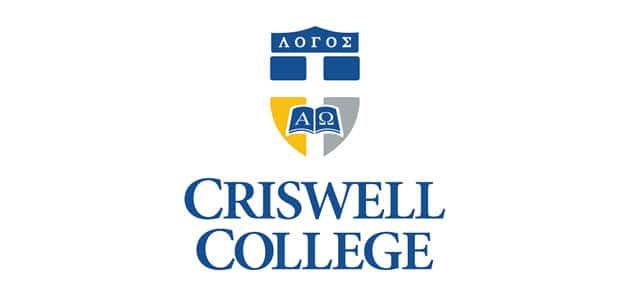BROWNSVILLE Pastor Carlos Navarro can remember when, early in his ministry, it was only he and his family doing evangelistic visitations at Iglesia Bautista West Brownsville. Yet Navarro remained committed to modeling personal evangelism for his congregation.
“The people won’t do it if the pastor won’t do it,” Navarro said. “The example has to be set by the pastor. People tend to think it’s someone else’s responsibility. If pastors don’t preach evangelistically, practice evangelism and show a love for evangelism, why should the church care?”
Throughout 24 years of Navarro’s ministry at Iglesia Bautista, God has rewarded that faithfulness. Today, Navarro says he has seen hundreds of people come to faith in Jesus through the ministry of the church.
With Southern Baptists struggling to push back declining baptism rates, throughout the country and in Texas, Nathan Lino, pastor of Northeast Houston Baptist Church, urged pastors attending the Empower conference earlier this year to do what Navarro has done—be intentional in both their personal and corporate evangelism efforts.
“We need to be reminded of the essential nature of intentionality in personal evangelism,” preached Lino, the current president of the Southern Baptists of Texas Convention. “You can do everything right, but if you lose intentionality, you lose the whole bag.”
Lino encouraged pastors to develop a plan to share Christ personally as he shared his own plan to have 52 evangelistic encounters each year, which he tracks on his phone.
“What the concept of intentionality looks like with boots on the ground is a plan,” Lino said. “So maybe the greater question is, what is your plan to directly engage lost people with the gospel of Jesus Christ?”
Modeling isn’t just significant for adults but for youth as well, according to Southwestern Baptist Theological Seminary professor Richard Ross.
“Pastors may need to forget the word ‘send,’” Ross writes in his book, The Senior Pastor and the Reformation of the Youth Ministry. “Pastors cannot send teenagers and leaders to share their faith. They can only lead them.”
Ross describes modeling as the “most powerful tool for helping students reach their friends for Christ.” He points to a study by Dave Rahn and Terry Linhart that showed 85 percent of teens who had led friends to faith in Christ had previously seen an adult lead someone to Christ.
In his work as interim pastor of First Baptist Church of Quitman, Dewey Davidson saw the power of modeling evangelism firsthand. The church baptized 95 people during his time as interim, which came after the church had split in half.
Davidson led FBC Quitman in a variety of outreach projects, including regular door-to-door to evangelism, a harvest party and a showing of the movie Woodlawn. Most of the time, Davidson said, whole families got saved through these efforts. He surprised many in the congregation by participating in each of these opportunities.
“If the pastor doesn’t go, the people won’t go,” Davidson said. “The fact that I was willing to go gave them courage or motivation to go.”
Though personal evangelism has always been an important part of his ministry, Mark Broussard, pastor of Cedar Bayou Baptist Church in Baytown, says modeling personal evangelism became more fruitful when he was introduced to FAITH evangelism, an evangelistic process created by former SBC president Bobby Welch.
“When I started in ministry, I knew it was important for me to model this,” Broussard said. “But I’m a natural introvert. I knew this would be tough even while I was in seminary. That was confirmed when I got on the field.”
As a seminary student at Southwestern, Broussard learned the CWT (Continuous Witness Training) method of personal evangelism, but it seemed daunting with the amount of Scripture required to be memorized. He figured if he had a difficult time with it, it would likely be hard to motivate church members to participate.
But when Broussard discovered the FAITH plan in the 1990s, he found it much easier to model evangelism and train others in the process. When he became pastor of Cedar Bayou in 2000, he brought the plan with him.
Thanks to the FAITH plan, Broussard has become a consistent modeler of personal evangelism.
“I teach the basic class,” Broussard said. “It’s to show them I think this is important, to let them know I’ll be going out with a deacon or two every week. There was a time I went out a couple of times a week, just to let everyone know that this was important to me.”





